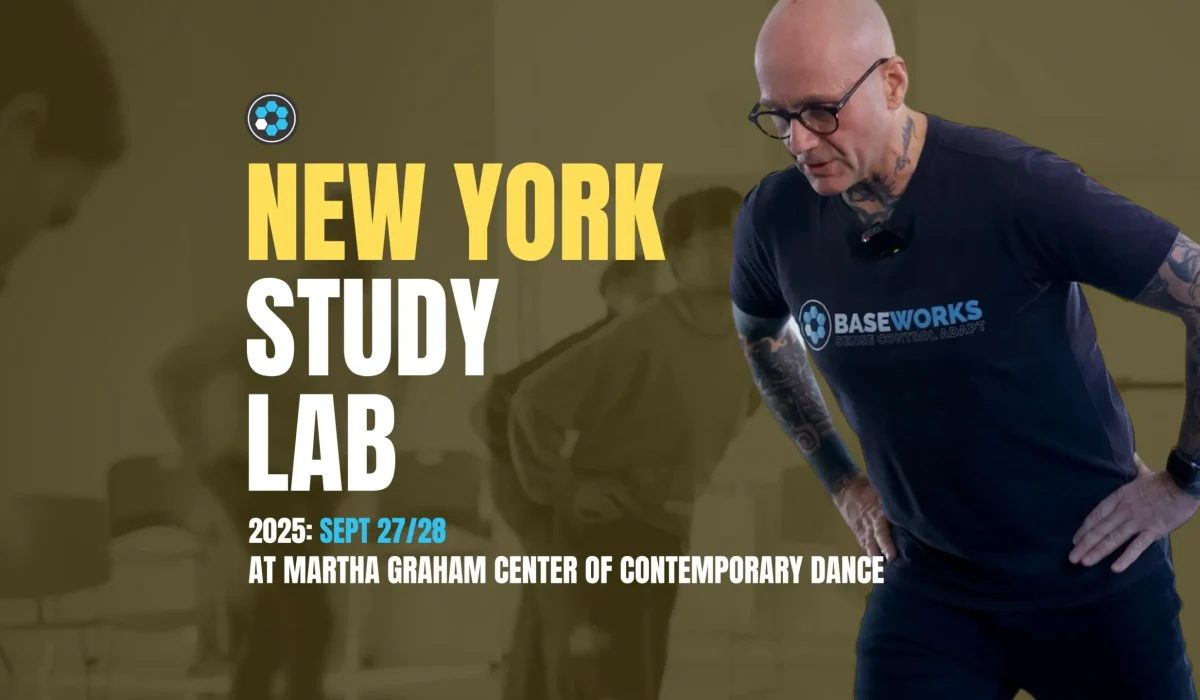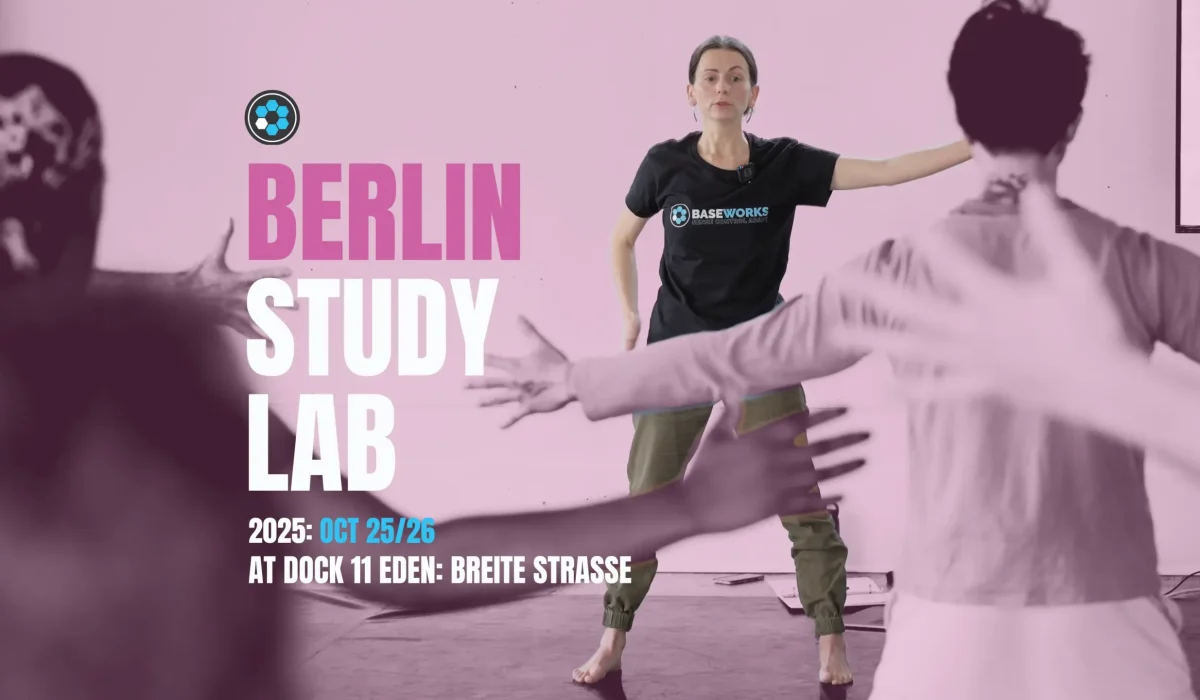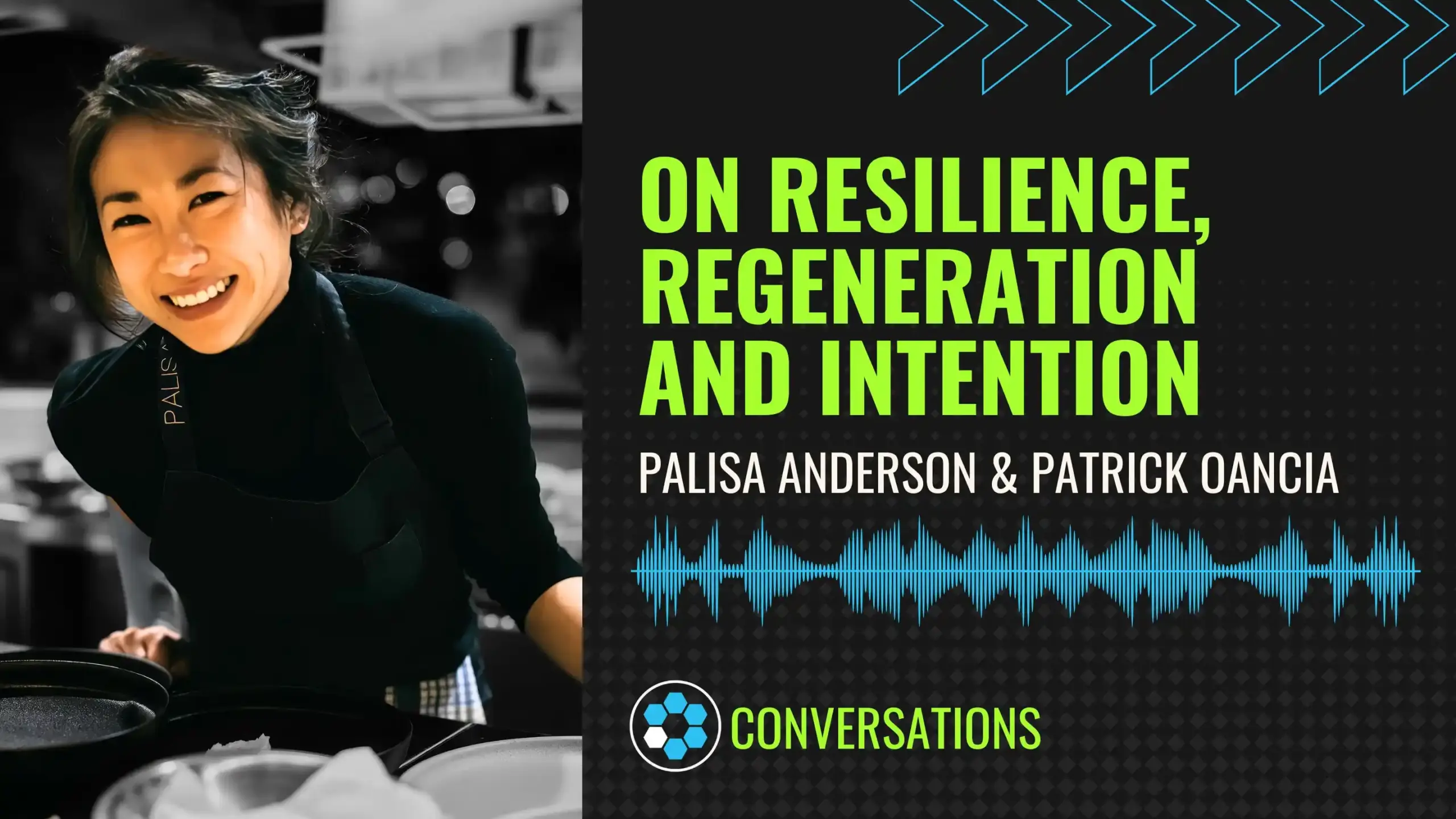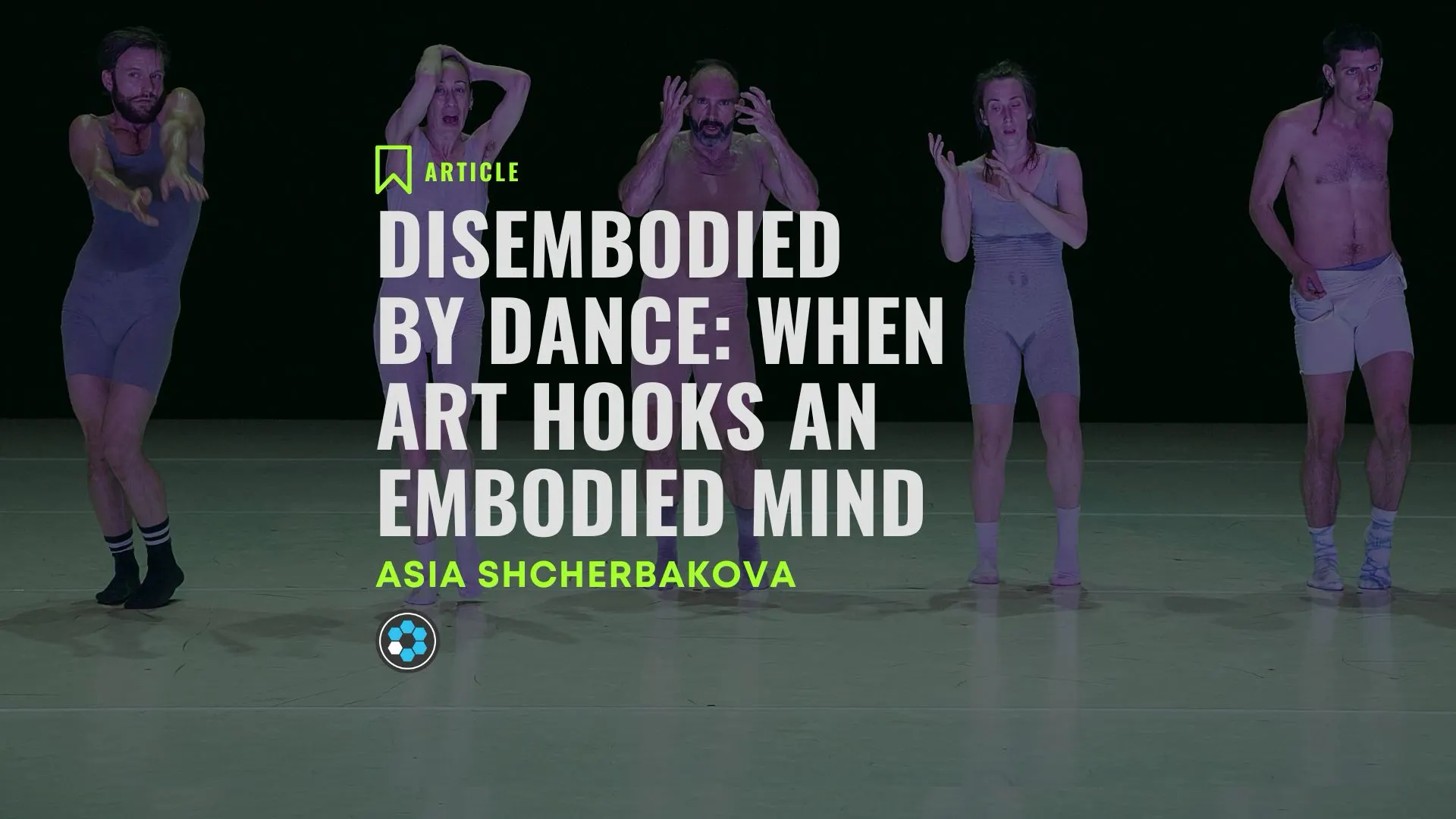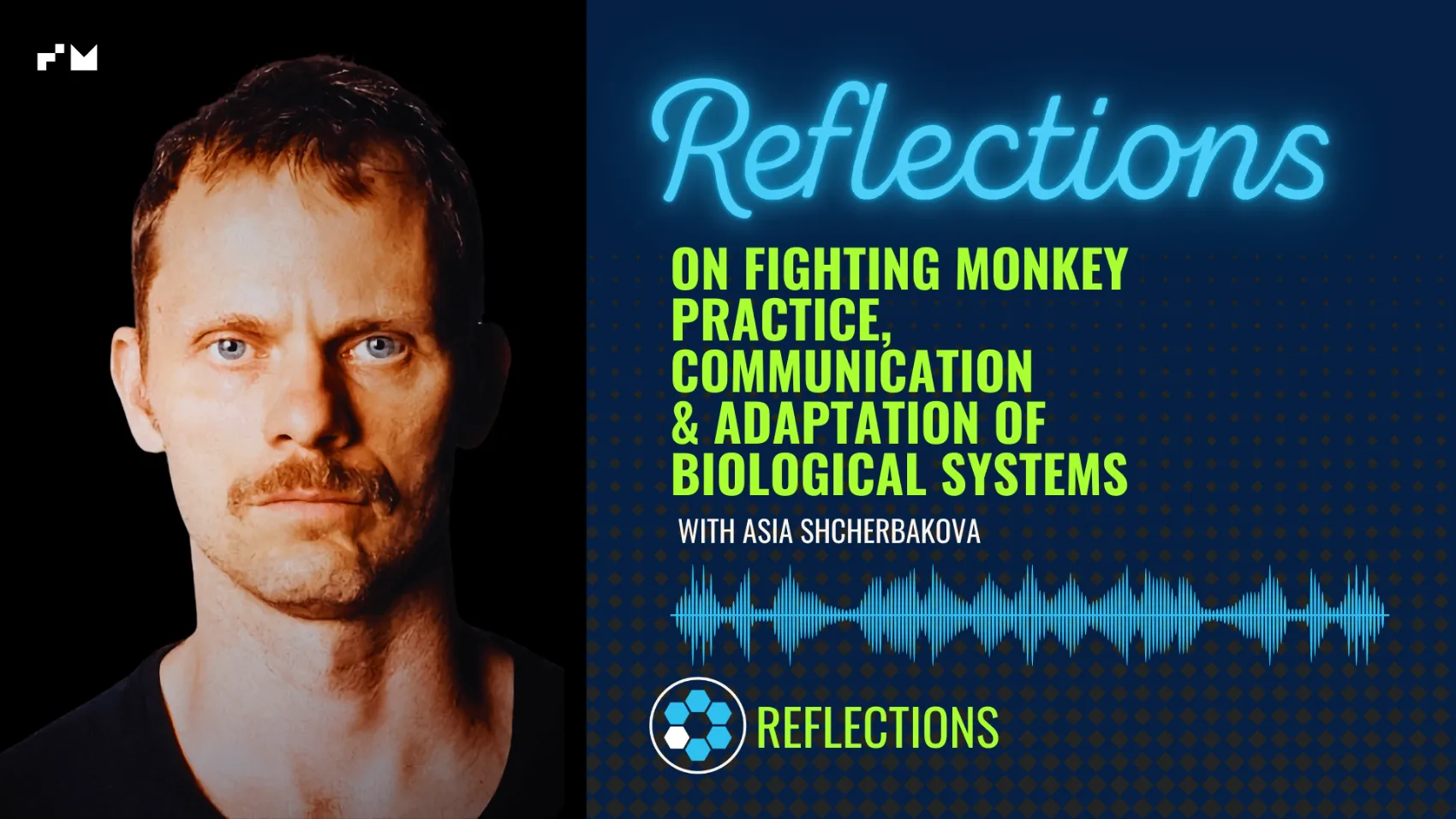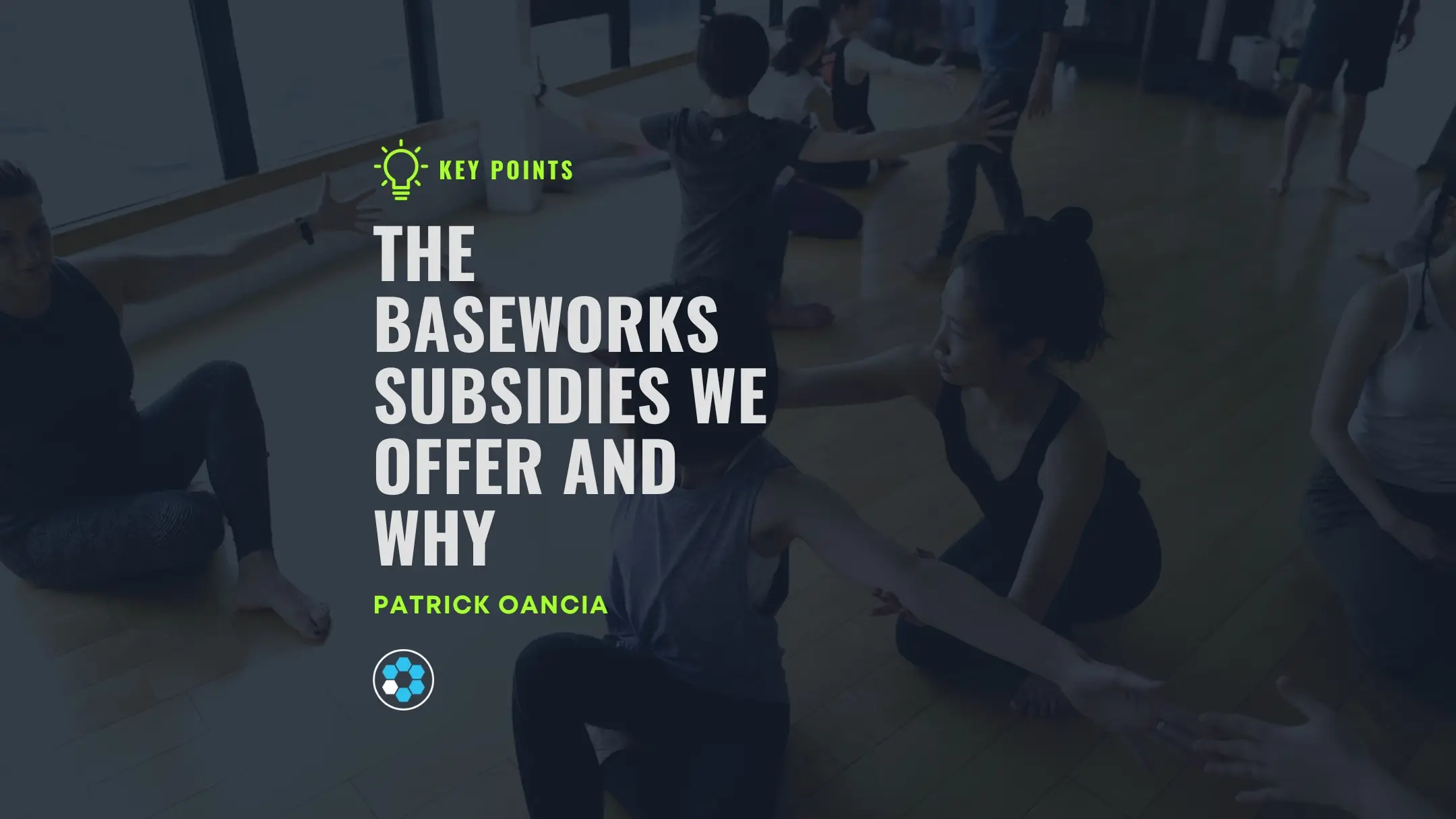This article shares how I learned to cultivate self-regulation through moderation and adaptation. And how that greatly influenced the development of the Baseworks Method.
Throughout my life, I spent a lot of time paralleling an exploration of personal growth. I did this by cycling through specific movement practices, psycho-contemplative study, and experimentation with diet and nutrition. This was all colored by a very active social life and a bunch of international travel.
As a lot was going on, the wires occasionally crossed when processing the qualities of these different experiences. As a result, a lot did not get digested effectively, leaving me tired, wired, excited, and unbalanced at times. I feel that this was mainly because there was a lot going on, and I had no way to assimilate the rest, recovery, and reflective qualities of the different experiences.
So to try and make up for this, I sought help from acupuncturists, massage therapists, and osteopaths to hack a reset to get back on track.
The first significant wake-up
It was 1993. I had been in Thailand for several weeks and had just returned to Tokyo. It was February, so I went from cold to hot on the way to Thailand, then back to cold upon my return. I flew back in economy on the redeye from Bangkok. It was a full flight, and I was sandwiched in the middle row. As you can imagine, I couldn’t sleep due to being squashed and upright.
Upon arriving, as I had to get some work done, I didn’t rest at all. And as it was Friday, I went out to a party that night, dancing until the early morning hours. Then, after getting a couple of hours of sleep, I went to meet friends for brunch on Saturday. Later that day, I did a hypertrophy-focused workout at the gym, followed by a short form Taichi practice at home.
That night, I went out clubbing for yet another all-nighter. After again only sleeping a few hours, a good friend who had just completed her advanced Craniosacral training invited me to join her for dinner.
When I arrived, she looked at me and asked if I was ok. And although I did not particularly feel bad, I recall feeling pretty spaced out.
When I answered, “I think I am ok,”….she offered to give me a Craniosacral session. Although I had experienced some mixed osteopathy at many great Seitai clinics across Tokyo, I had never been exposed to something so subtle outside of acupuncture.
Upon returning to consciousness after the session (this is the best way to describe it), all the bones in my body felt stacked. The subtle but constant tension in my neck and the right scapula was gone. My hips felt like jello, and the area around my pelvic floor and genitals was soft and relaxed.
The challenge
I always thought I had great posture, could relax easily and had good movement control. But that session gave me a new perspective of myself as tense, clumsy, and disembodied.
Apart from the therapeutic qualities that were immediately obvious, that experience opened a new way of perceiving my spine, hips, and upper torso’s relationship to the rest of my body. In addition, what followed on a deeper level shifted how I listened to people and viewed differing opinions from my own as fuel for new ideas (more on this later).
Now, this was both enlightening and challenging. I got turned on to something new about my body that had a reflective impact on my motivations. Yet, I had to re-assess my practice and, inevitably, the entire direction of my life. What I thought was good for me prior was jolted by a melancholy wake-up for change.
The therapies
Craniosacral therapy (CST) was invented in the 70s by John Upledger as an offshoot of cranial osteopathy. Practitioners of both cranial osteopathy and CST assert that there are small, rhythmic motions of the cranial bones attributed to cerebrospinal fluid pressure or arterial pressure.
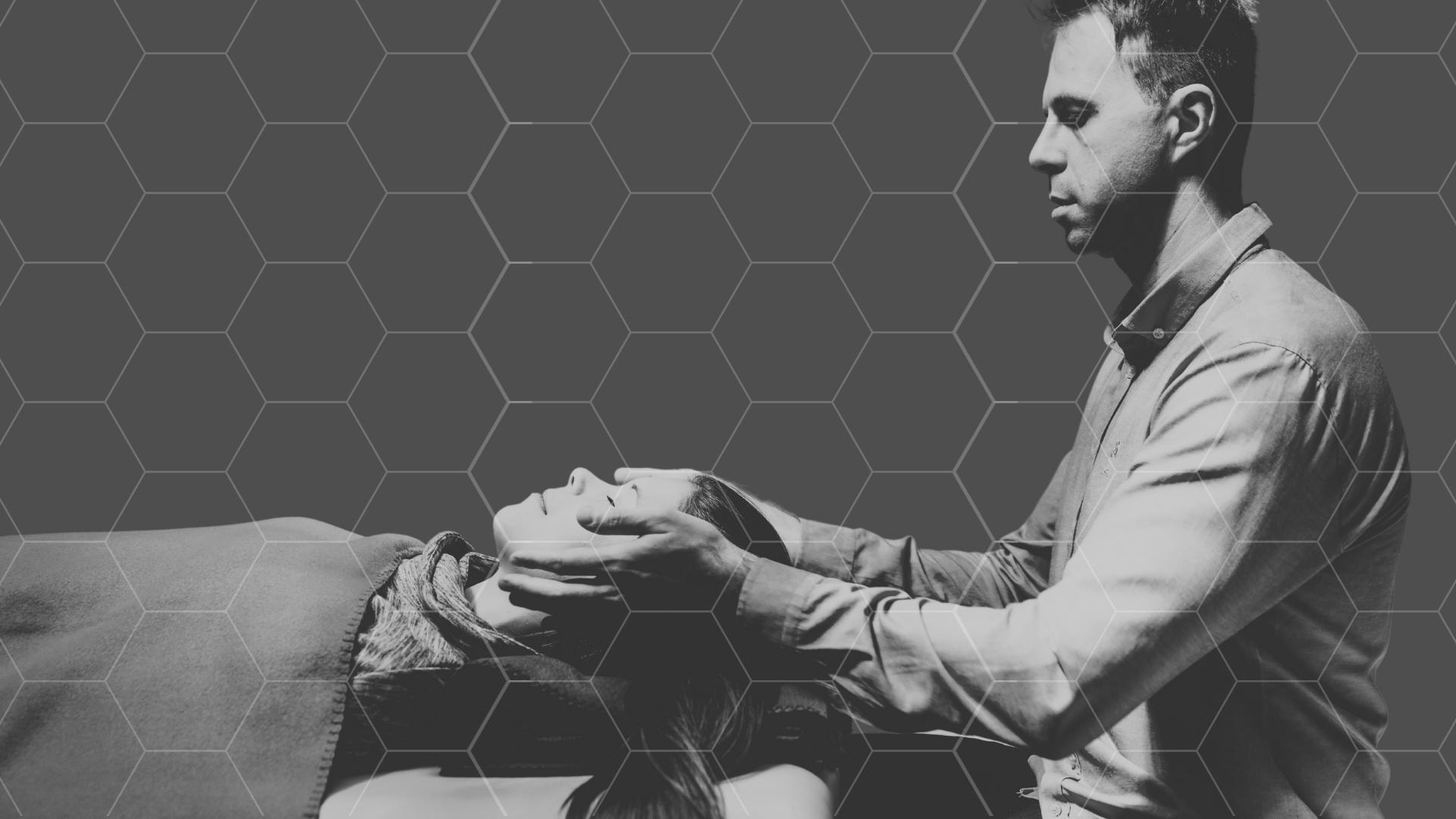
The premise of CST is that the subtle movement of the cranium can be used to detect the cranial bones’ rhythmic movement. Selective and subtle hands-on applications may be used to manipulate the cranial bones to achieve a therapeutic result.
Although no conclusive clinical research clarifies that CST can address chronic and acute conditions, there was something significant about how my body responded to the subtle movements applied to my head, spine, and pelvis.
It was also through many acupuncture sessions that I had similar realizations. However, unlike my experience with other occupational therapists, I considered my acupuncturist, Edward Obaidy, a teacher. In his books, Edward Sensei goes deep into how the Japanese acupuncture and moxibustion tech balances individualized outcomes.
We had many conversations during, before, and after most sessions that pertained to him only being a facilitator to support enabling me to self-regulate any internal or external imbalances. He suggested that all I needed to maintain a robust constitution was to work on listening more closely to what my body was telling me. And his advice really resonated with what I had already started to discover about the necessity of adaptation for everything in life.
Reconstructing
All these experiences motivated me to break down the rigorous body movements associated with any physical practice into a more strategic approach that could adapt to changing circumstances.
The changing circumstances I am referring to here are a combination of morphological, environmental, and psychological. Meaning that it was not just about the one-dimensional physical goal agenda of working with my body.
I became increasingly more sensitive to the climate, my physical environment (available space and space aesthetic), sleep, and diet. This also made me consider the effect of some relationships on my physical and emotional state. With all this combined, I could further adapt and modify my approach to any practice and greatly appreciate the outcomes’ qualities.
If you remember, at the start of this article, I said that I had traveled to Thailand, changing climate/barometric pressure and geographical time zone. Rest was another factor. I had also been going through communication challenges with a colleague, which was not so obviously (at that time) weighing on my subconscious. That combined set of circumstances could have indicated that adapting my routine would be more productive and appropriate to hit and sustain my desired progress targets.
This also ties into the idea that life is a sequence full of random, micro-circumstantial events that glue together our individualized human experience timeline.
Irrespective of the not-so-obvious possibility of relying on intuition to be more aware of the necessity for moderation and adaptation (across the demands/pressures of an active lifestyle), those indicators are often dulled. Right?
Hack to get back on track
For many (myself included), if and when we start hitting the wall, we can crave a workout, a massage, an acupuncture session, or comfort eating. One may even take a Tylenol or some other over (or under) the counter/prescribed meds to cope with the reality of the life-health-stress balance predicament.
In recent health trends, we turn toward more acute experiences like different types of fasting, extreme dieting, cold therapy, long meditation retreats with applications in sensory deprivation, and taking ayahuasca or other psychoactive drugs.
Although some of these approaches might be of value, I have both personally experienced and witnessed in others that they can also result in a counterproductive rebound to the very patterns we were trying to transcend. And these pretty invasive experiences may not be as necessary as we think to initiate habit change.
Self-regulate
So what can be done to develop and sustain a higher awareness level?
The simplest thing in my life that is always readily available to fall back on is adherence to a committed movement practice that varies in intensity, modification, and attitude.
These are the key things we develop in Baseworks. The physical gains are secondary and only a byproduct of the level we choose to commit. Therefore, I place less importance on progress, as continuity and commitment to any practice outweigh what it looks like on the outside. And we don’t need a sledgehammer to open the possibilities.
How one approaches a practice is a key to building a self-sufficient fallback tool to reset across any circumstance. The secret is to re-discover and develop the ability to tune in to what is appropriate across the randomness of life.
The wake-up call I had received inspired me to recalibrate my approach to working with my body based on subtle, non-invasive, low-intensity movements.
Micromovements
In Baseworks, we refer to these subtle, non-invasive, low-intensity movements as Micromovements. And this competence was significantly influenced by my sessions with osteopaths and my acupuncturist in Japan.
In Baseworks, we apply Micromovements to the physical dimensions of practice as a calibration tool for higher somatosensory output. And this application can effectively be practiced anywhere by nearly anyone at any level of physical health.
Try it out
Just find a comfortable way to sit on a chair. (or you can also stand). Raise the arms out to the side and up to shoulder level. First, start by making your arms rigid. You can do this by actively drawing your shoulders down while at the same time spreading through your fingers. As you draw your chin down, extend through the back of your neck. Imagine that the crown of your head is drawing upward. Now, this should feel quite active. Let's now try and add a level of fluidity to this. Start by isolating the movement of your ribcage in a low-amplitude circular motion over your pelvis. Feel how the middle and upper spine are mobilized as you do this. With the back of the neck suspended, gently move the head from side to side so that you also start to mobilize the neck. So even though the muscles in your neck are active and the shoulder girdle is still stable, the neck and spine should feel fluid.
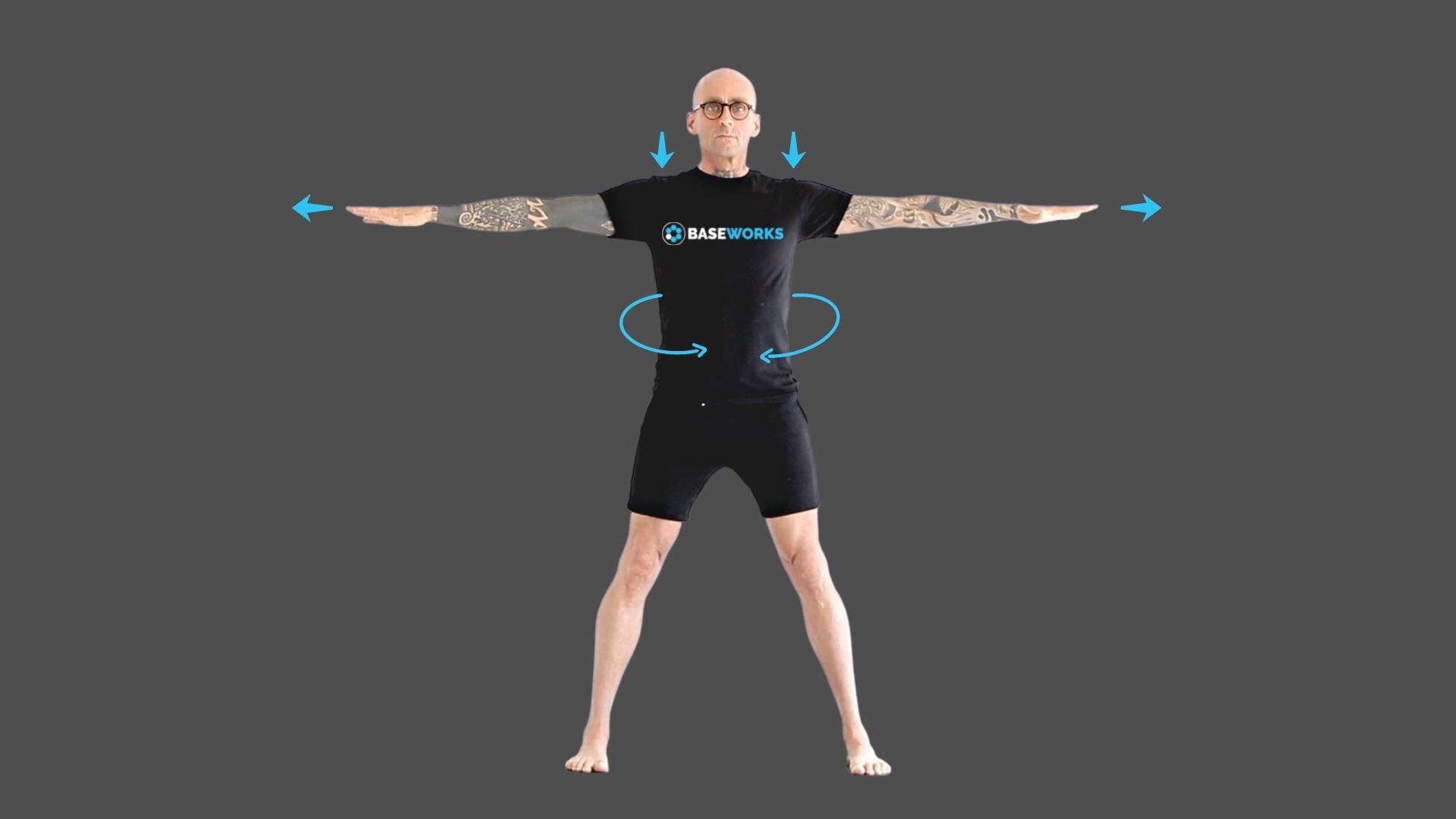
Anywhere, anytime
So, here we combined an element of the more dynamic principle of Baseworks Distributed Activation with the Baseworks Micromovements. But you could also practice this by gently moving the head from side to side or in circular movements, as you can similarly do with the ribcage over the pelvis.
The great thing about these simple movements is that they take little effort and can be done anywhere under any set of circumstances. The key is perseverance and continuity, coupled with taking the time to do a regular inventory of how you feel daily to adapt the approach better.
To find out more about where you can practice with us, check out our upcoming events or subscribe to the Baseworks Practice Platform.



